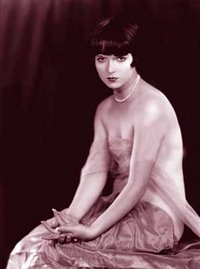For your reading pleasure, I shall, over the next few days, be bringing together some silent film related articles from the British newspaper The Guardian.
From
April 2003, we have renowned author, film historian and director Kevin Brownlow on the work of Clarence Brown. A feature on Carl Davis, composer of many well-received silent film scores, appeared in
January 2000.
This April saw an article focussing on the recently rediscovered Rudolph Valentino & Gloria Swanson starrer,
Beyond The Rocks. On a similar theme, 2003 saw the rediscovery of an early
John Ford film in France.
2004 saw features on Neil Brand,
film accompanist, the release on DVD of a collection of risque French silents,
In The Good Old Naughty Days, and a piece on Benedict Mason's
ChaplinOperas.
A season of his films at the National Film Theatre in 2003 lead to an article focussing on
Anthony Asquith, a director today mainly remembered for 1940s British films like The Importance of Being Earnest, but who started his directorial career in the silent era.
Douglas Fairbanks was
celebrated in 1999, and a meeting between playwright Samuel Beckett and Buster Keaton was documented in an article from
2000. The same year also sees a review of
Laurel and Hardy.
More to follow...
 From the excellent Falcon Lair:
From the excellent Falcon Lair:
